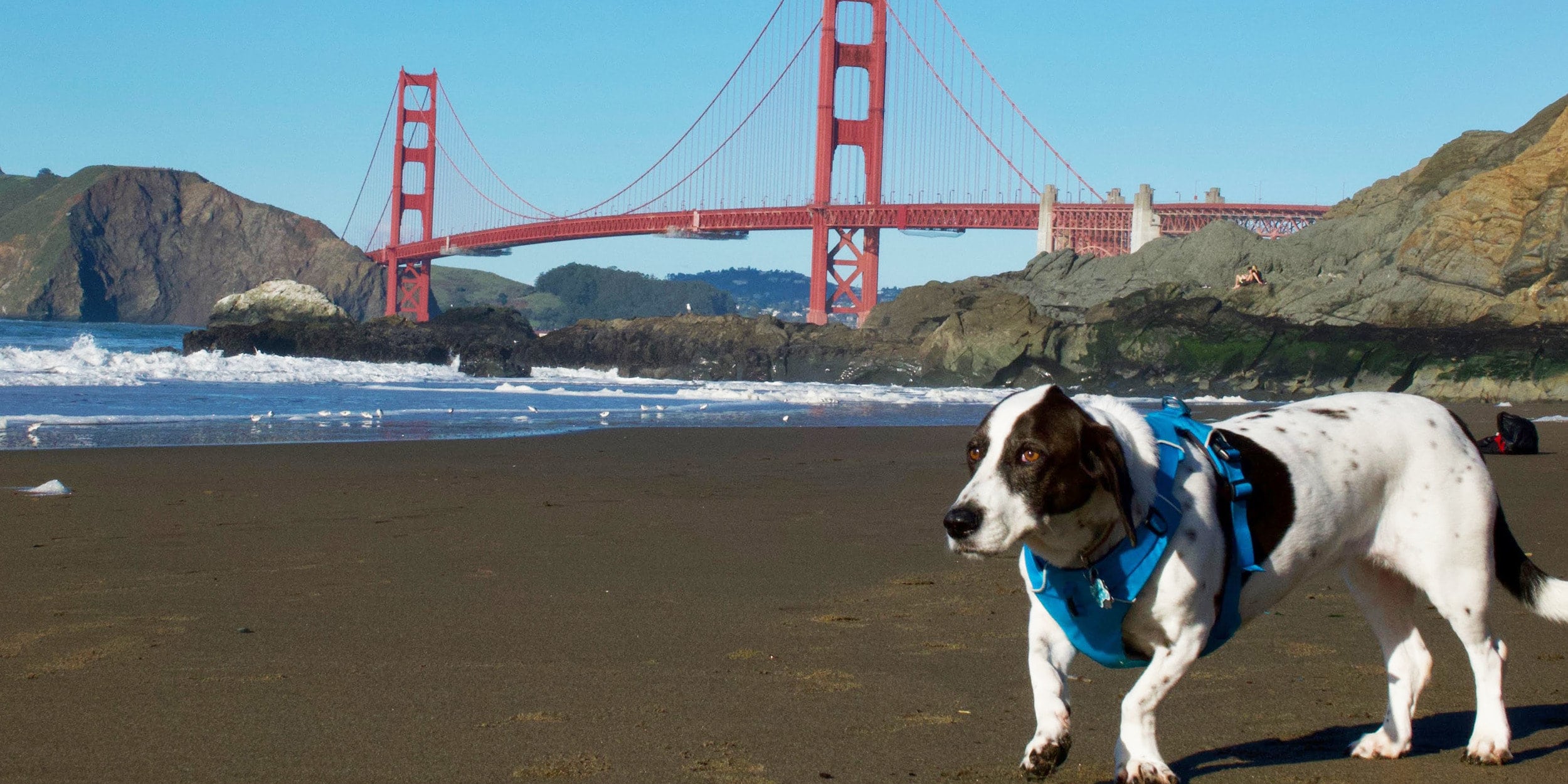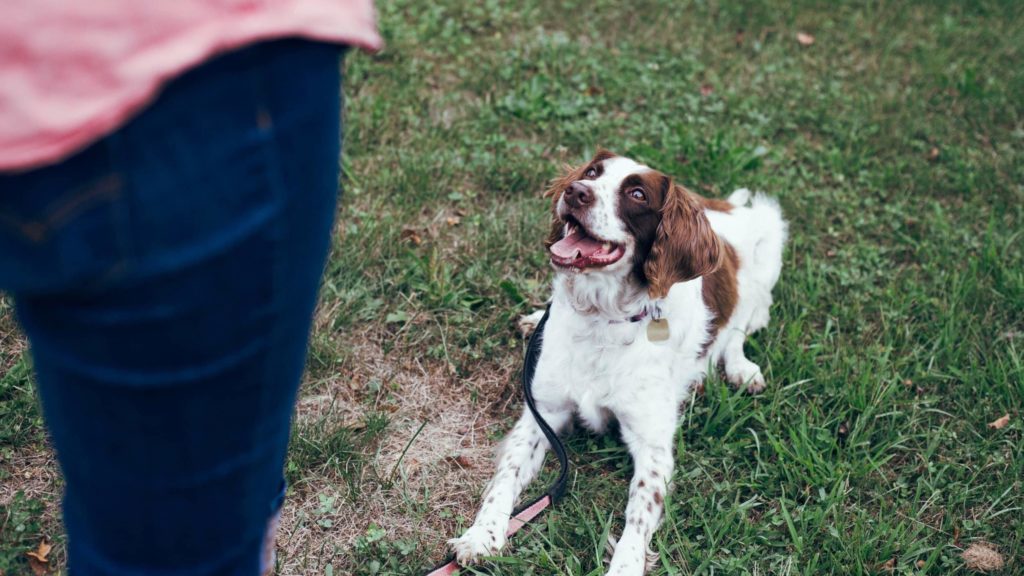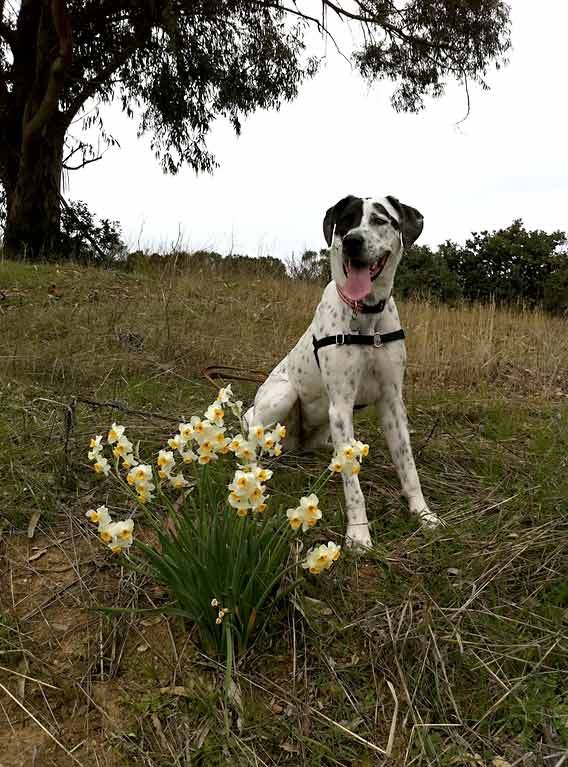Protect Our Natural Resources! Protect Our Rights and Privileges!
Over the past decade, as dog-friendly travel has increased and more dog parents have taken to the roads, trails and beaches–access by dog-parents to some of California’s outdoor treasures has come under attack. Beaches and trails that were formally open to dogs, both leashed and unleashed, have tightened those leashes by restricting or have even banned access.
There is no greater example of this than the attempts by the National Park Service over the past decade to cut dog walking areas in the Golden Gate National Recreation Area by 90%! Fortunately, in late 2017, the NPS abruptly ended its battle with the many dog parents, dog groups, politicians and lawyers, after a corrupt planning process was revealed through documents obtained through the Freedom of Information Act.
During the long fight, the NPS continually claimed that the restrictions were necessary to protect the environment and wildlife. Many of these concerns turned out to be red herrings, as the FOIA documents uncovered. The lesson here, though, is that while the NPS’s process was flawed, they lost primarily due to misconduct, not merit. They will be back, in another form or with another process, and we have to be prepared.
The GGNRA is not the only battleground in the fight to maintain existing and secure new access to recreate with our dogs in the outdoors. While not as well published, there have been several other park districts in California where their boards or management teams have considered additional restrictions on dog access, often citing issues with dog parents not picking up their waste and/or packing out with their dog bags, allowing their dogs to go unleashed in posted wildlife or sensitive environments, and other issues.
For most of us dog people, walking our dogs is an important part of our way of life. Dogs need exercise as well as their people. Whether you feel that having this access is an right or a privilege, the bottom line is that we need to protect this right or privilege by doing everything we can to minimize our impact on wildlife and environment and be as good as a dogizen. While DogTrekker will continue to work with advocacy groups and park districts around the state, we encourage all DogTrekkers to follow our Leave Only Paw Prints™ guidelines to help create a stronger bond between our parks, conservancy and environmental groups.
DogTrekker’s 4-Paw Guidelines:
- Pack In – Pack Out: always carry waste bags, pay attention to your dog and pick up their waste. If you are returning on the same trail, and need to leave the waste bag, be sure it is in clear sight and remember to retrieve it on the way to the trailhead.
- Protect Our Natural Resources and Wildlife: always check the restrictions when you head out for the beach or trailhead.DogTrekker.com and the DogTrekker mobile app outline restrictions and have links to the supervising districts to find out more information. In addition, always check the signs at the beach entry point or trailhead.
- Be Courteous: not only to those who have dogs, but those who don’t. Even in unleashed open space, most single track trails are used by hikers, cyclists and horse people. It is unsafe for everyone to have a loose dog on these trails.
- Set a Great Example: unfortunately dog parents often get a bad rap, from conservationists, environmental groups and park workers. By picking up after you and your dog, and paying it forward by picking up other left-behind waste bags and trash, dog parents will begin to change the attitude of those who tend to complain about dogs in “their” recreation areas.







